If you're looking for one single upgrade to make your hikes easier, more fun, and less exhausting, the answer isn't in your backpack. It's on your feet.
For years, hikers have focused on cutting ounces off their tents, sleeping bags, and backpacks. But research reveals a more impactful truth: the weight of your hiking boots or trail shoes matters far more than the gear on your back.
At MUDDY VIBE, our obsession with creating lighter shoes is rooted in science. The data speaks for itself. When compared to the weight range of traditional hiking footwear, the savings are significant and consistent across our lineup:
- For Mid-Top Boots: While standard models weigh 450-500g, the MUDDY VIBE mid-top weighs 370g - achieving an average weight reduction of nearly 22%.
- For Low-Top Shoes: Compared to popular models (350-400g), the MUDDY VIBE low-top weighs 336g - delivering an average weight reduction of 10%.
Across our entire range, this translates to an average saving of over 15% per pair. This decisive weight advantage isn't just a number—it's the energy savings you'll feel with every mile. Here are three game-changing principles that explain why going light on your feet is the ultimate advantage.
Principle #1: The 5-to-1 Rule – Why Lightweight Hiking Boots Save Energy
You’ve probably heard the saying: “A pound on your feet equals five pounds on your back.” This isn’t just folklore—it’s a conclusion validated by decades of biomechanics research. Understanding the "5-to-1 Rule" is the first step toward smarter, more efficient hiking.
The Science Behind the Energy Penalty of Heavy Hiking Shoes
Studies published in leading physiology journals show that carrying weight on your feet is 4.5 to 6.2 times more energy-intensive than carrying the same weight on your torso. To simplify, we use the conservative 5-to-1 ratio.
Here’s the practical takeaway: For every 100 grams added to your shoes, your body expends as much energy as it would carrying 500 grams in your backpack. A pair of shoes that’s 300 grams lighter saves the equivalent of carrying 1.5 kilograms (3.3 pounds) less on your back—all day long.
Why Heavy Hiking Boots Drain Your Energy Faster
The reason for this significant energy cost lies in biomechanics. Adding weight to the far ends of your limbs (a concept called distal loading) increases the rotational inertia of your legs. In simpler terms, it makes them harder to swing.
Here’s how it works:
- Heavy Shoes = Harder Steps: Weight at the end of your legs increases the difficulty of each step.
- Muscles Work Harder: Your hips and thighs must exert extra force to keep moving.
- Energy Depletion: That effort burns through your energy reserves at a much faster rate.
This is why choosing lightweight hiking boots or trail shoes makes such a significant difference, especially on long treks or multi-day adventures.
Why MUDDY VIBE Lightweight Hiking Shoes Are a Game-Changer
At MUDDY VIBE, we’ve engineered our lightweight hiking boots and outdoor shoes to tackle the energy penalty caused by heavy footwear. By reducing the weight of our mid-cut boots to just 370 grams (22% lighter than traditional designs) and our low-cut hiking shoes to 336 grams, we help you conserve energy with every step.
This isn’t just about feeling lighter—it’s about gaining a measurable performance advantage. With reduced rotational inertia and minimized strain on your muscles, our designs let you hike longer, move faster, and finish your trek with less fatigue. MUDDY VIBE lightweight hiking shoes aren’t just footwear—they’re the key to a more efficient and enjoyable hiking experience.
Principle #2: The Universal Law of Relative Load – The Case for Lighter Outdoor Shoes
What Is Relative Load?
Not all hikers feel weight the same way. Research shows that the impact of any gear—especially hiking boots or trekking shoes—depends on your body mass. This concept, called relative load, explains why smaller hikers feel disproportionately weighed down by the same gear.
For example:
- Hiker A: Weighs 95 kg. A 1.2 kg pair of hiking boots represents 1.3% of their body weight.
- Hiker B: Weighs 60 kg. The same boots represent 2% of their body weight.
For Hiker B, the relative burden is over 50% greater, leading to faster fatigue and greater cardiovascular strain.
How MUDDY VIBE Lightweight Hiking Boots Help All Hikers
We’ve designed our entire range of lightweight outdoor shoes to address this problem. By reducing the weight of our boots and shoes by over 15%, we optimize the load for hikers of all sizes:
- For Smaller-Framed Hikers: Lightweight hiking shoes correct the disproportionate burden of standard boots, making it easier to stay energized and comfortable.
- For Larger-Framed Hikers: The energy savings from lightweight trail shoes are significant, allowing you to cover more ground with less effort.
The goal isn’t just to “go light”—it’s to carry the right load for your body with comfortable hiking shoes that enhance endurance and performance.

Principle #3: The Cumulative Effect – How Lightweight Hiking Shoes Reduce Fatigue
Why Every Gram in Hiking Shoes Adds Up
The weight of your hiking boots or trail shoes doesn’t just affect one step—it multiplies over the thousands of steps you take on a hike.
Let’s break it down:
- The average hiker takes between 20,000 and 30,000 steps per day.
- A conservative weight savings of 100 grams per shoe saves 200 grams per step.
-
Over 25,000 steps, that’s a total of 5,000 kilograms (11,000 pounds) of unnecessary weight you didn’t have to lift!
The Neuromuscular Impact of Heavy Hiking Boots
Studies using electromyography (EMG) have shown that heavier footwear increases strain on key muscle groups like the quadriceps and calves throughout every step. This constant low-level effort causes silent fatigue, which makes your legs feel heavy and sluggish long before you feel outright pain.
Why MUDDY VIBE Lightweight Hiking Boots Make Every Step Easier
By cutting unnecessary weight, our lightweight hiking shoes reduce the cumulative strain of thousands of steps. With every gram saved, your muscles are free to recover between strides, letting you hike further, faster, and with greater comfort.
Why Lightweight Hiking Shoes Are the Future of Outdoor Footwear
The science is clear: the weight on your feet matters far more than the weight in your backpack. Here’s how MUDDY VIBE lightweight hiking boots and trail shoes give you the edge:
-
5-to-1 Rule: Save energy by minimizing the metabolic cost of heavy footwear.
-
Relative Load: Reduce strain for hikers of all sizes.
- Cumulative Effect: Conserve energy over thousands of steps by cutting grams where it matters most.
Modern materials and innovative designs have made lightweight hiking shoes just as durable and protective as heavier models. With MUDDY VIBE, you don’t have to choose between comfort, durability, and performance—you get all three.
Step Into a Smarter Trail Experience with MUDDY VIBE
Whether you’re heading out for a weekend hike, tackling a multi-day trek, or exploring local trails, MUDDY VIBE lightweight hiking boots are designed to keep you moving with less effort.
Don’t let heavy hiking boots or outdoor shoes hold you back. Experience the difference that cutting over 15% of unnecessary weight can make—because lighter shoes mean better hikes.
Take the first step toward a more comfortable, efficient, and enjoyable hiking experience with MUDDY VIBE lightweight trail shoes. Your next adventure deserves it.
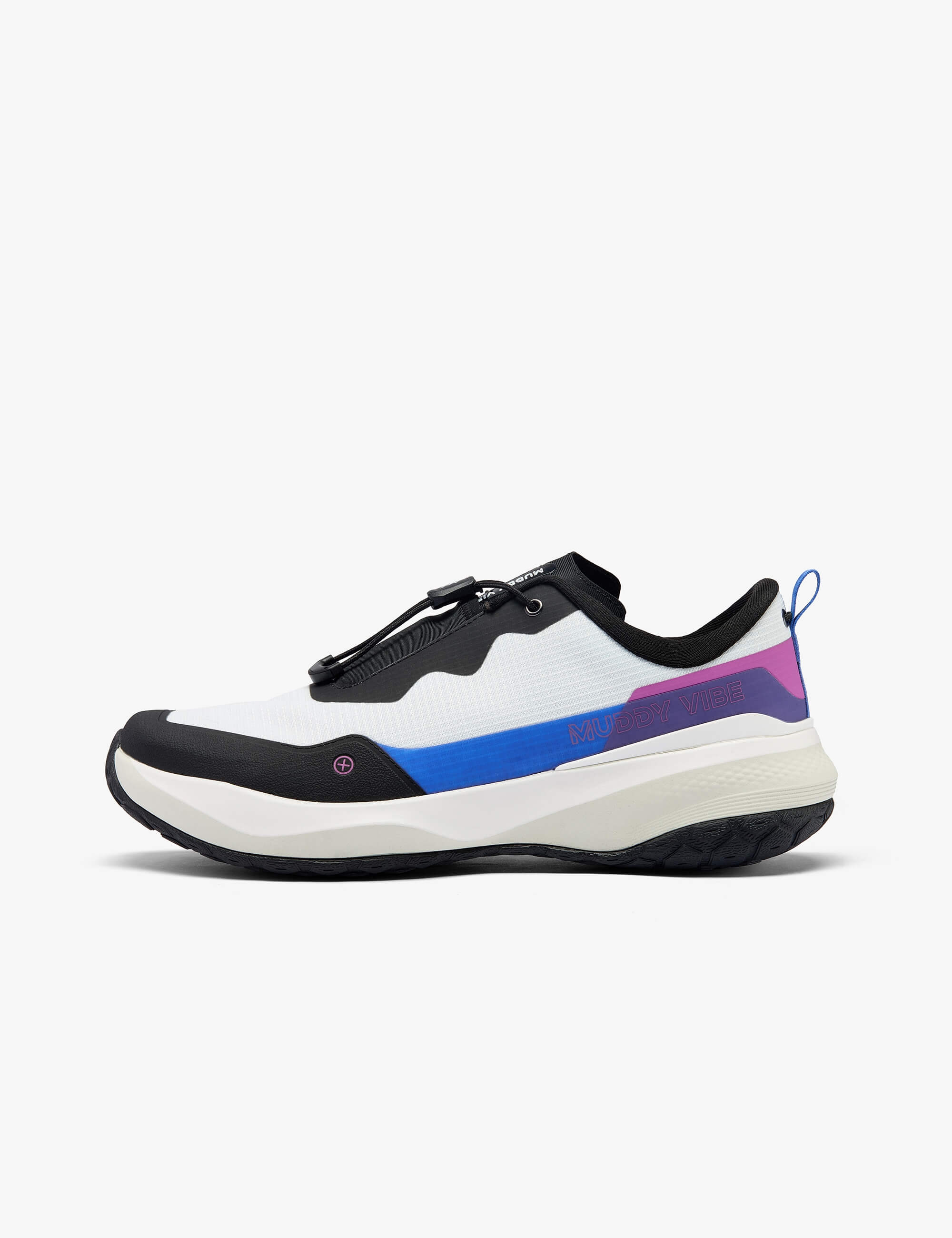

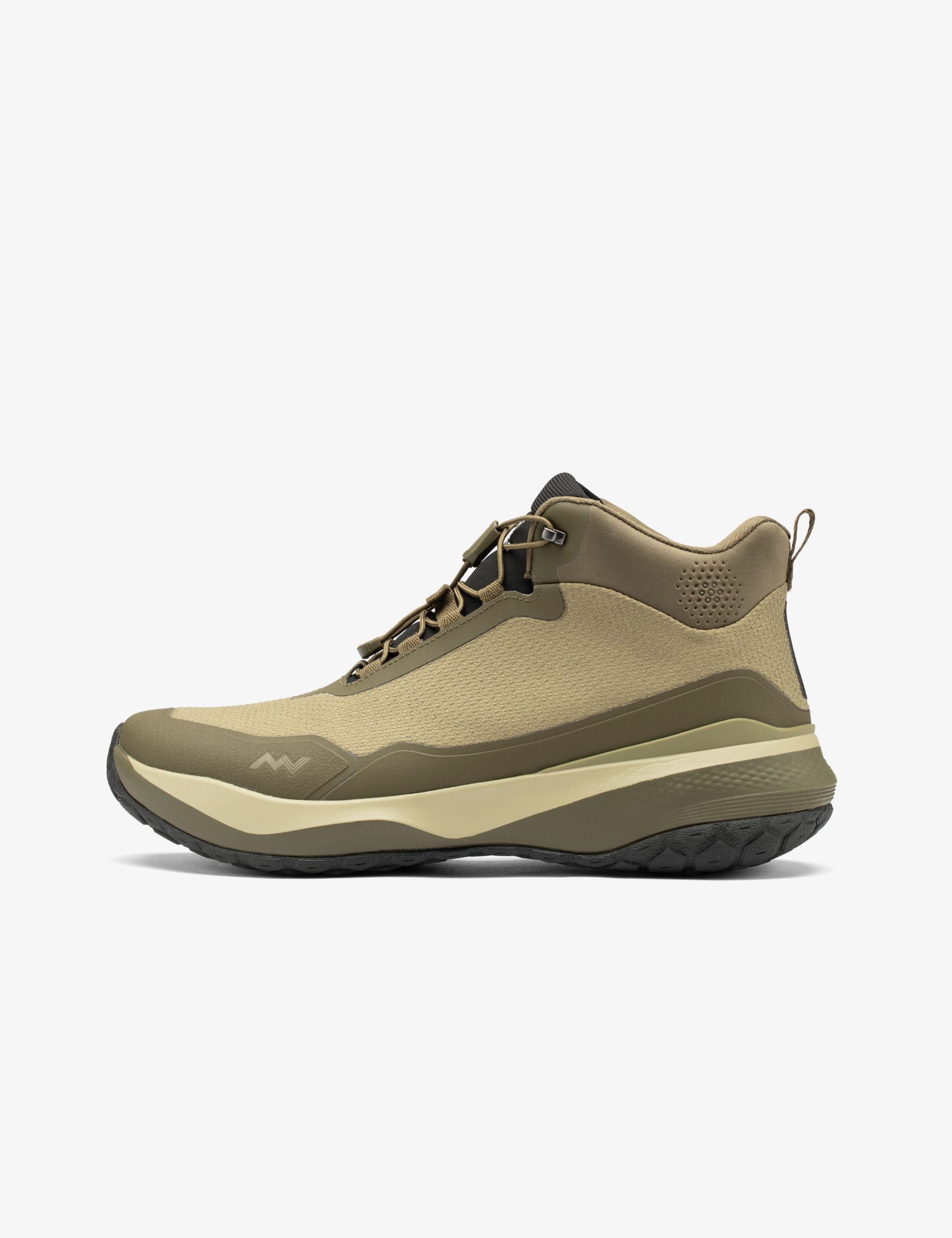




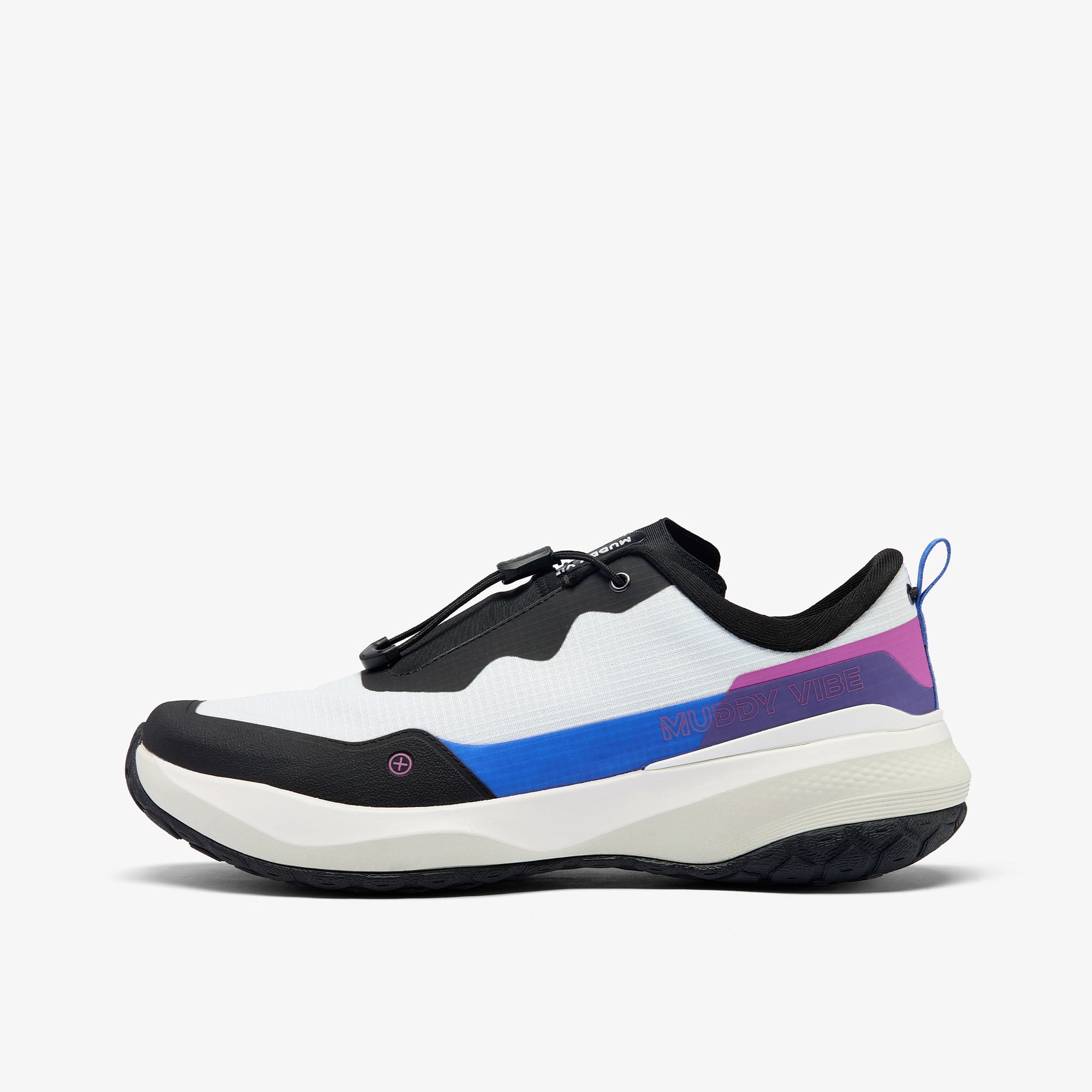

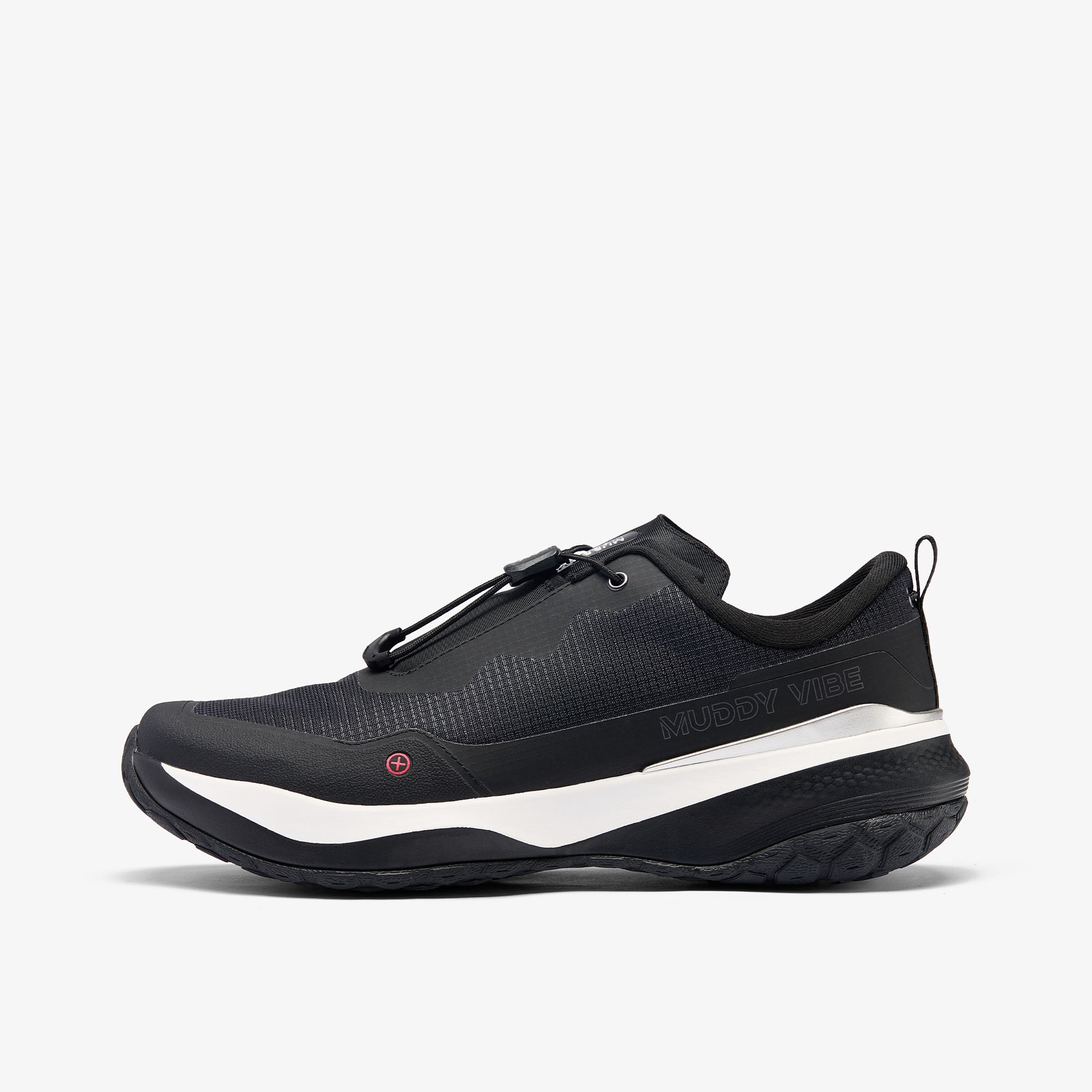
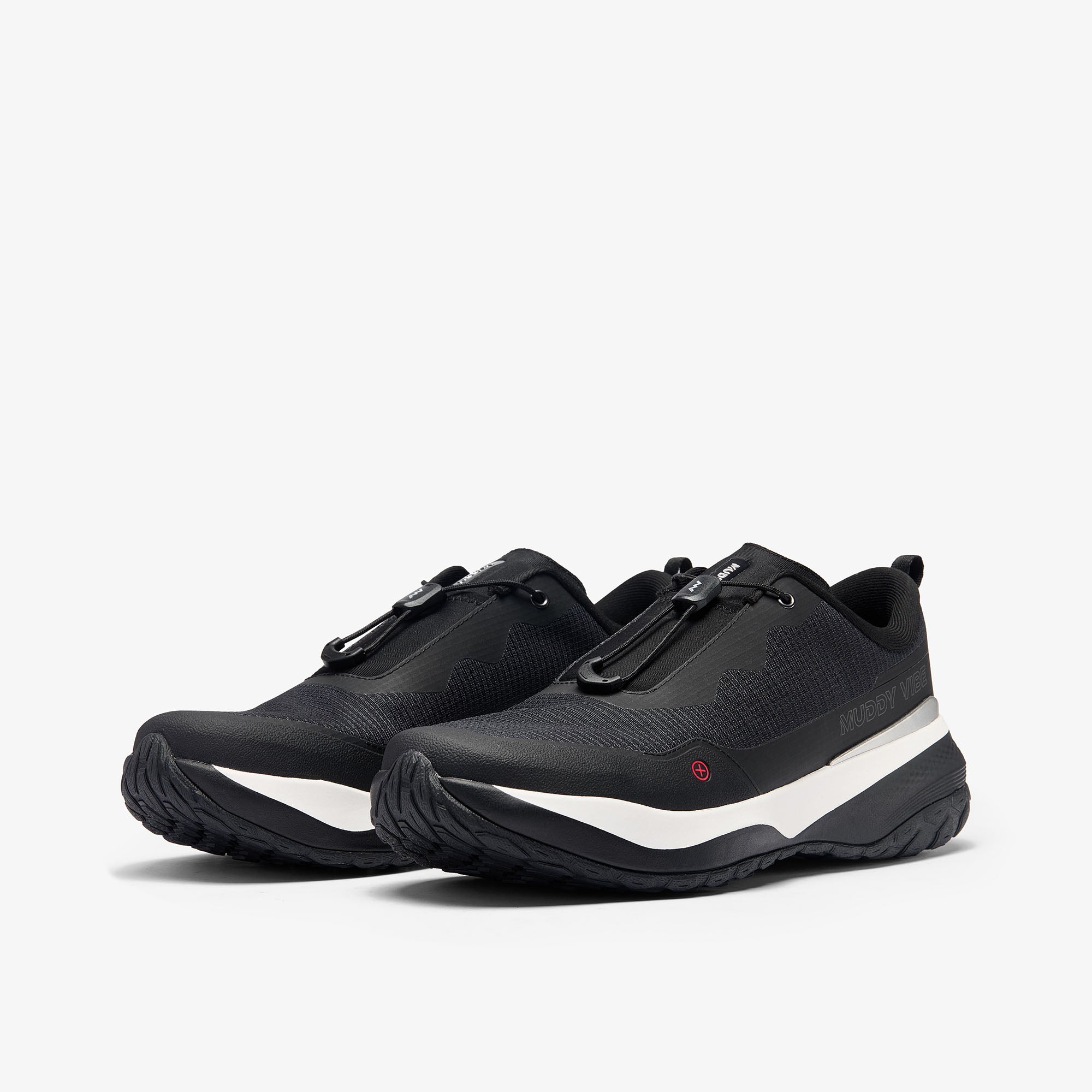
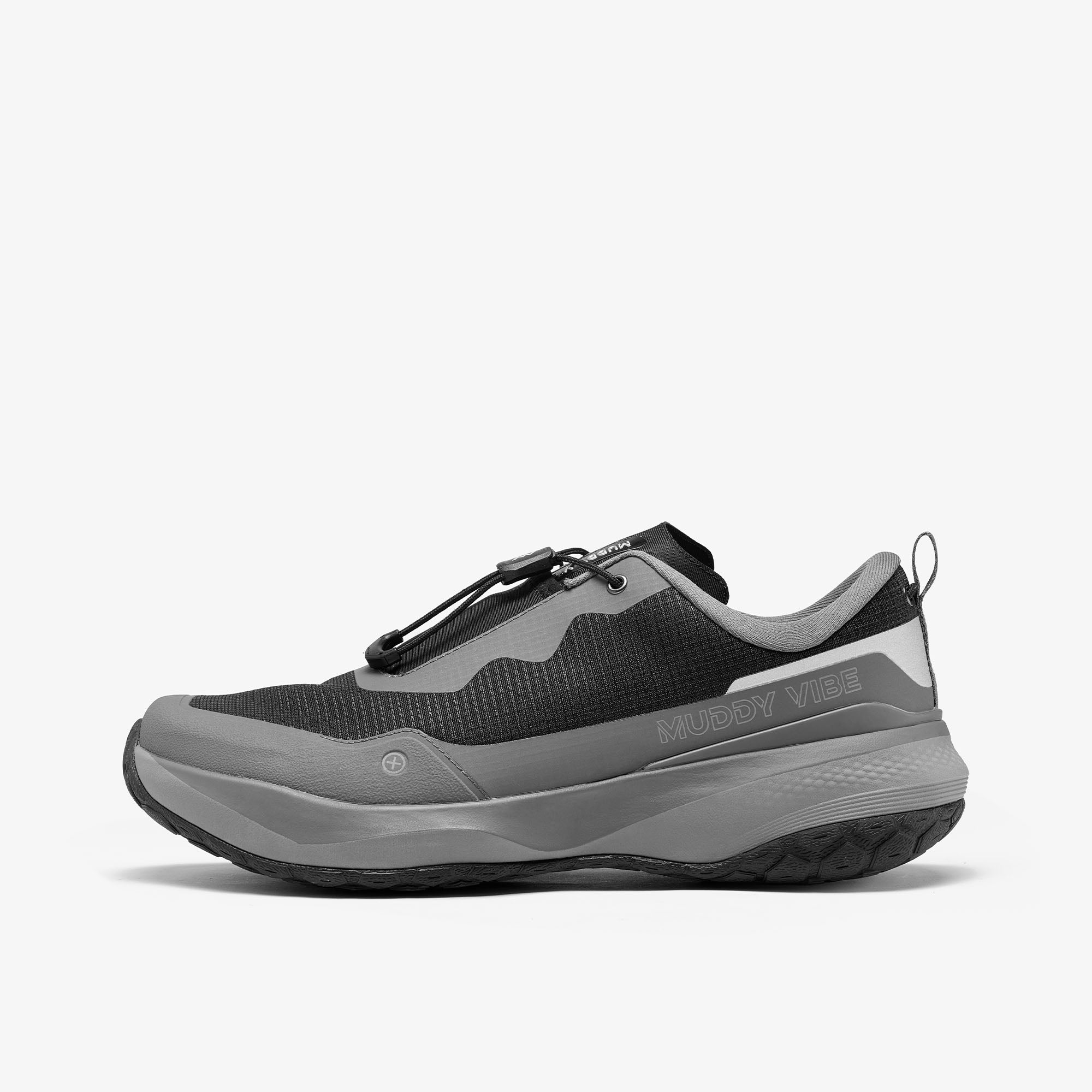
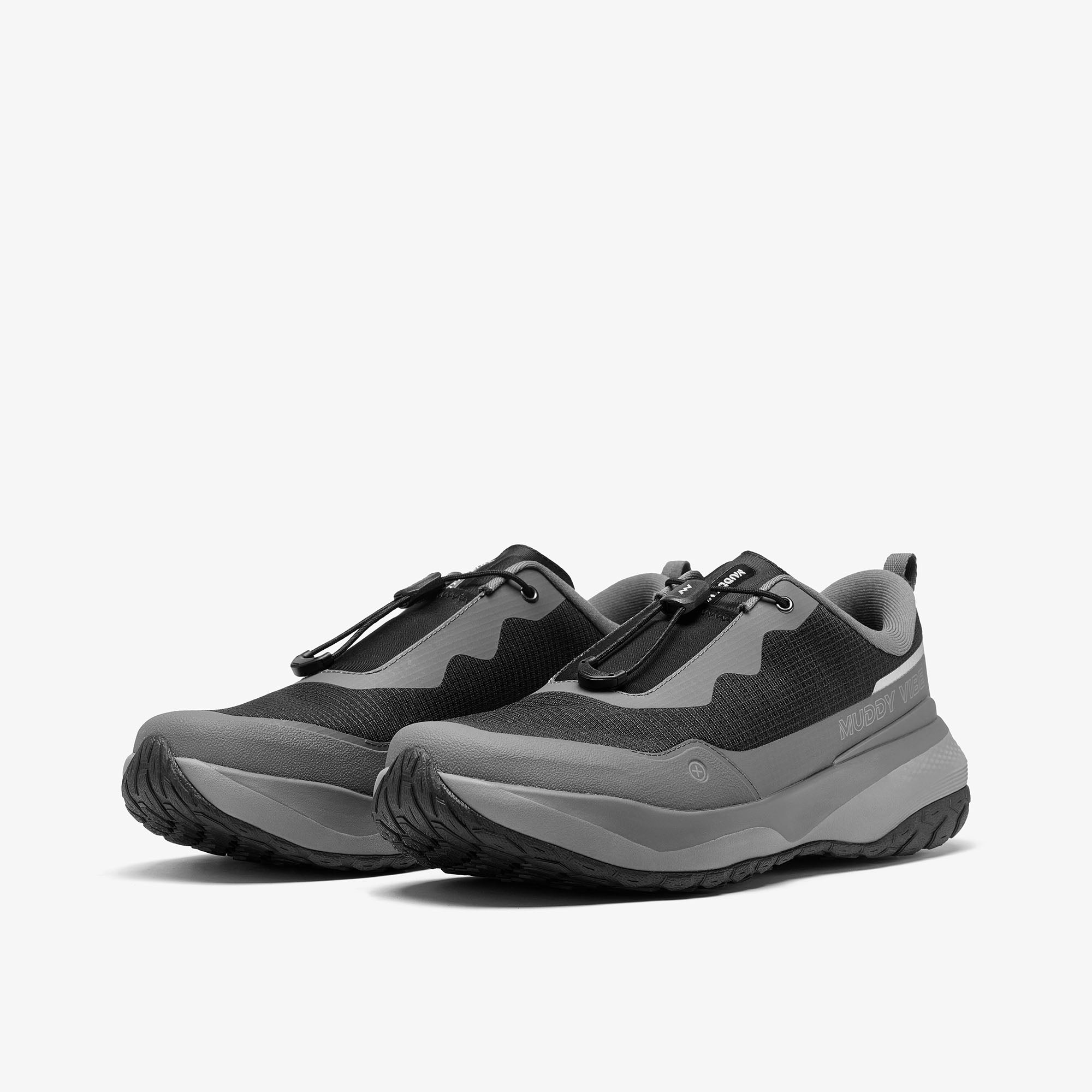
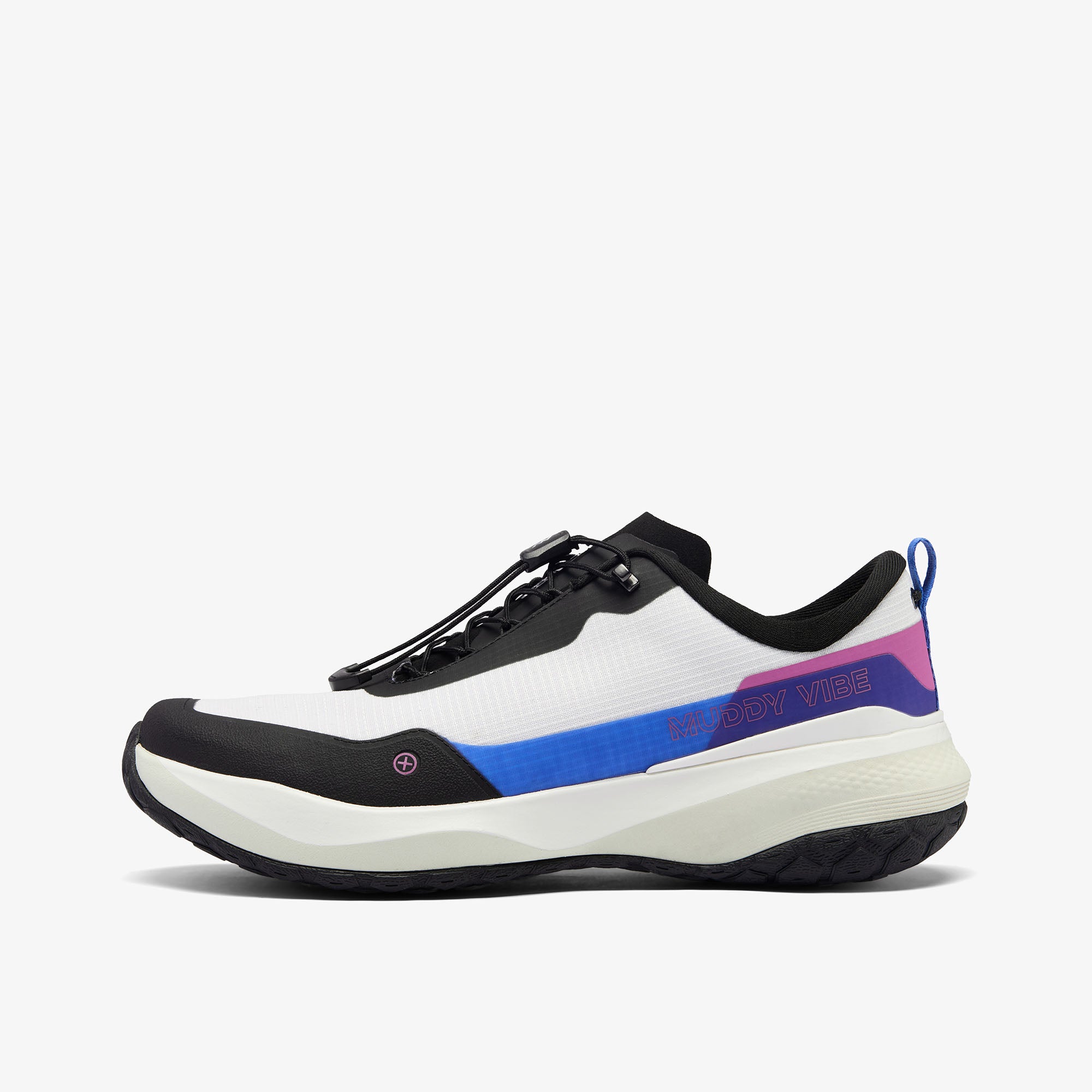
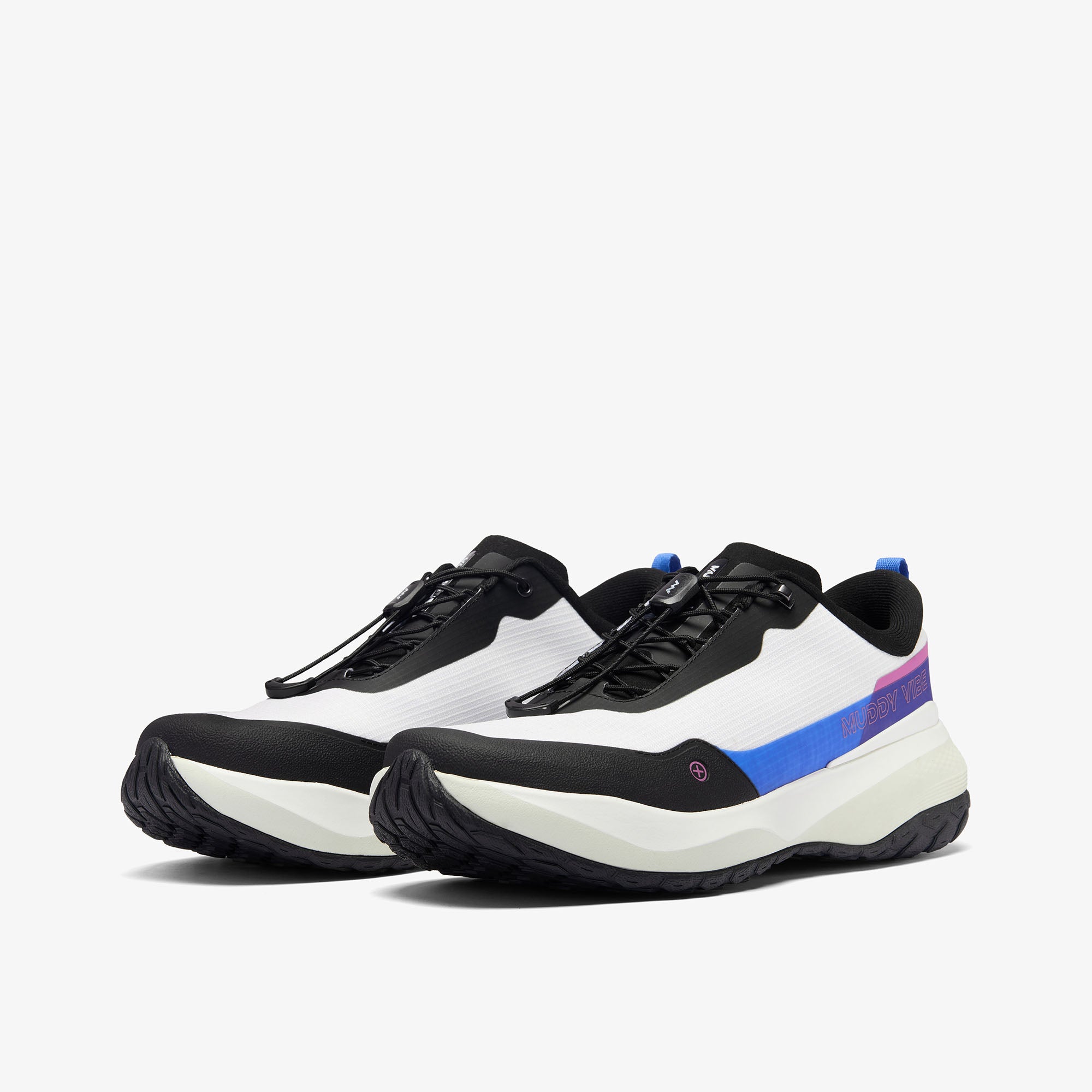
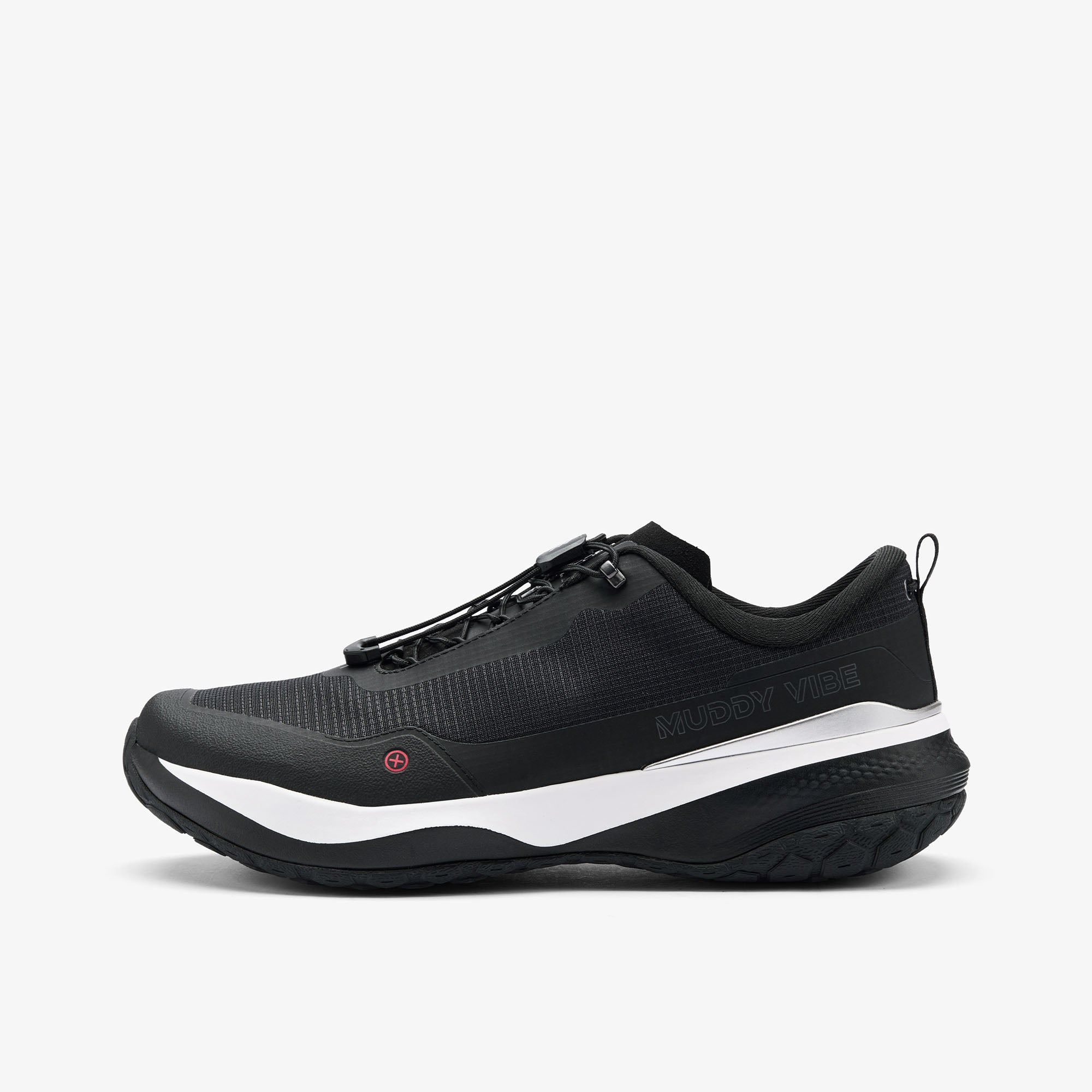

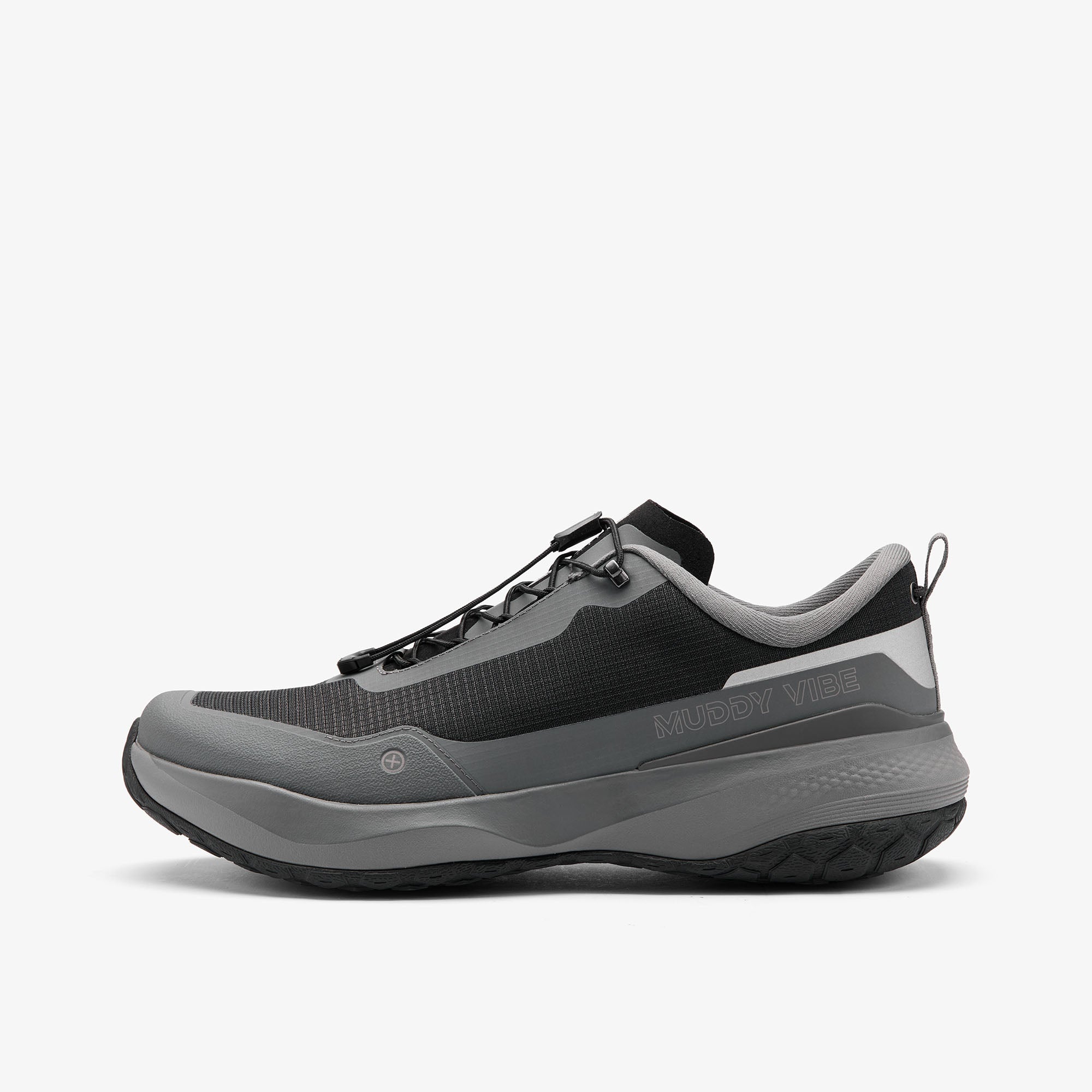
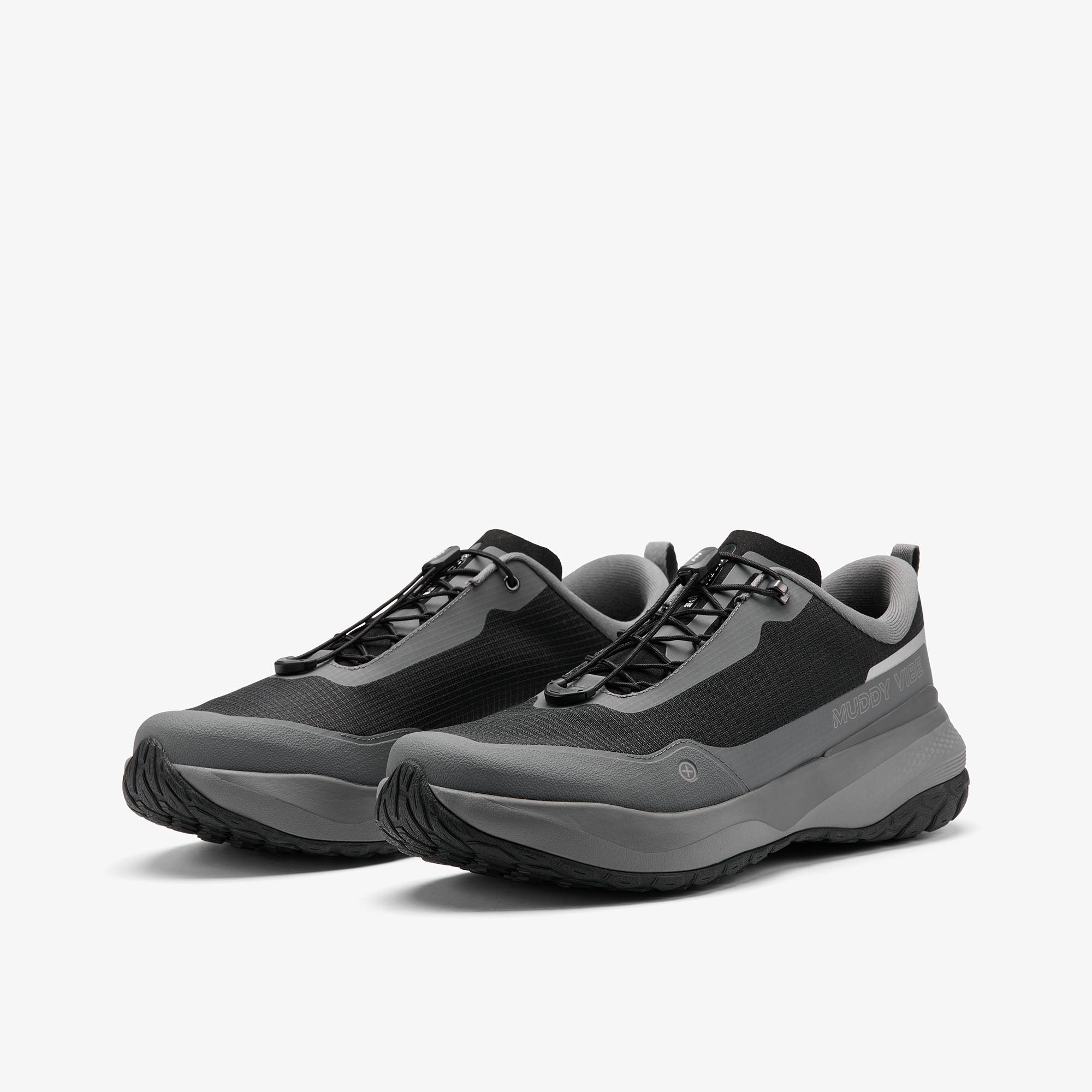
Hinterlasse einen Kommentar
Diese Website ist durch hCaptcha geschützt und es gelten die allgemeinen Geschäftsbedingungen und Datenschutzbestimmungen von hCaptcha.